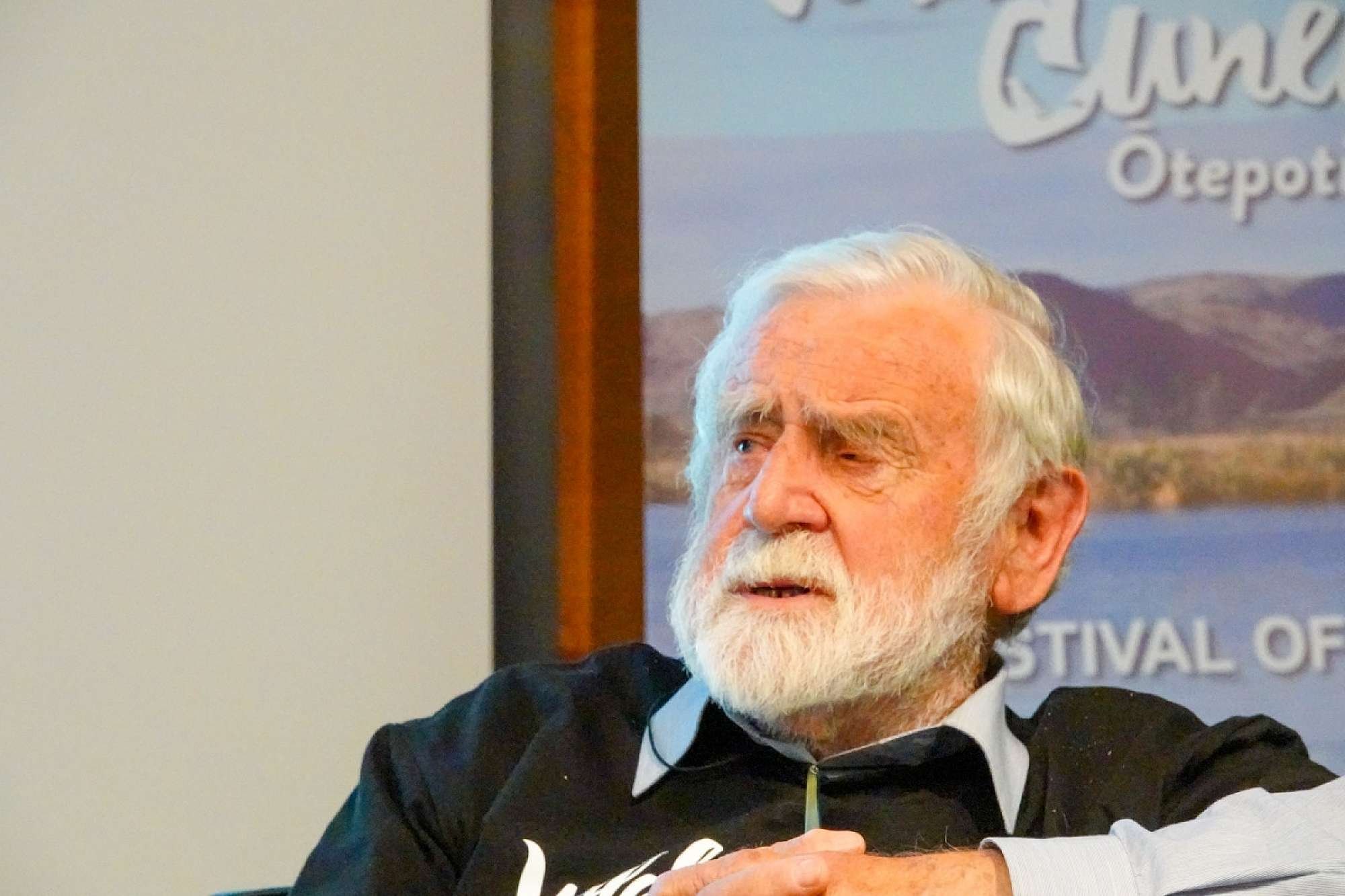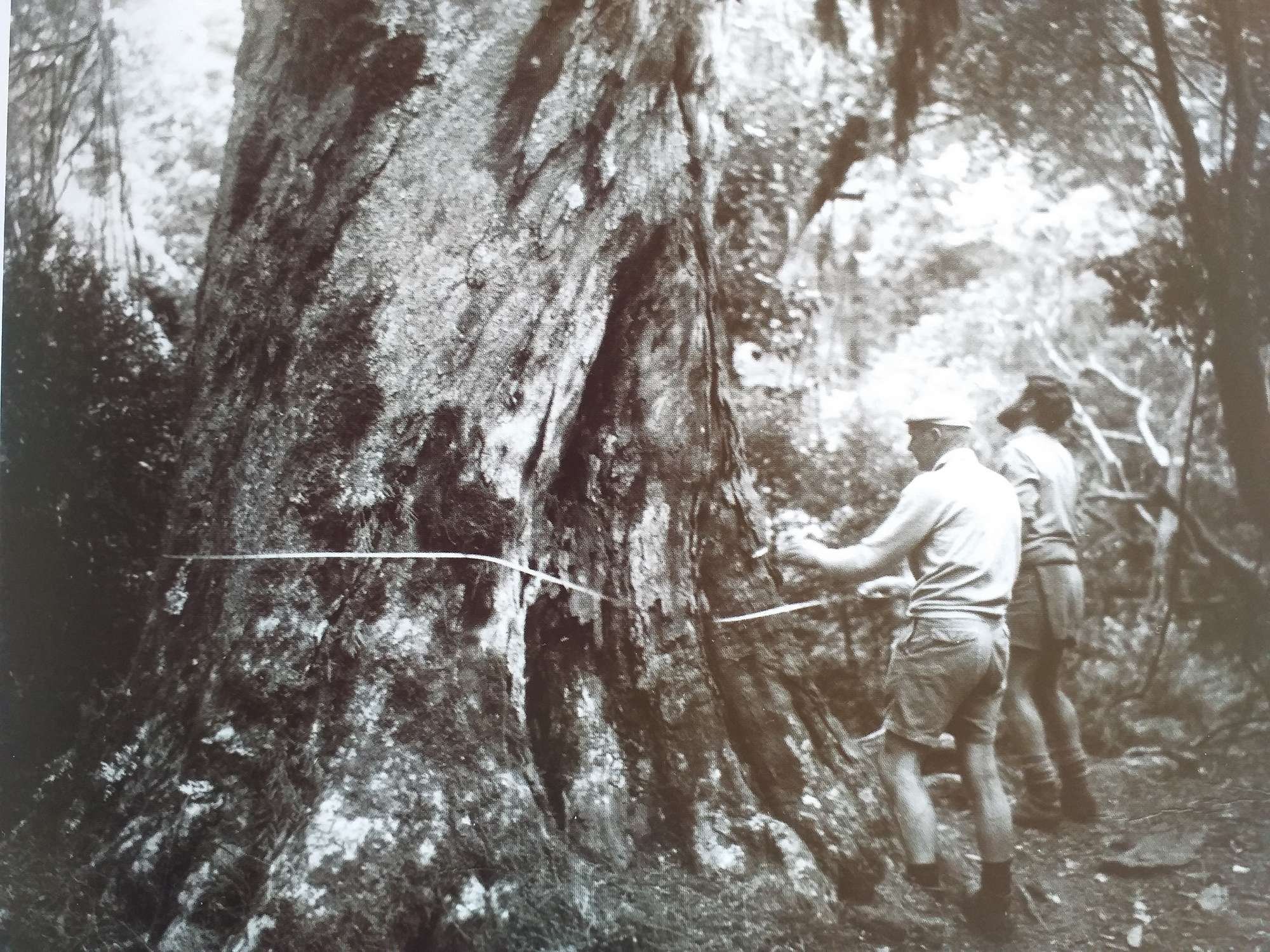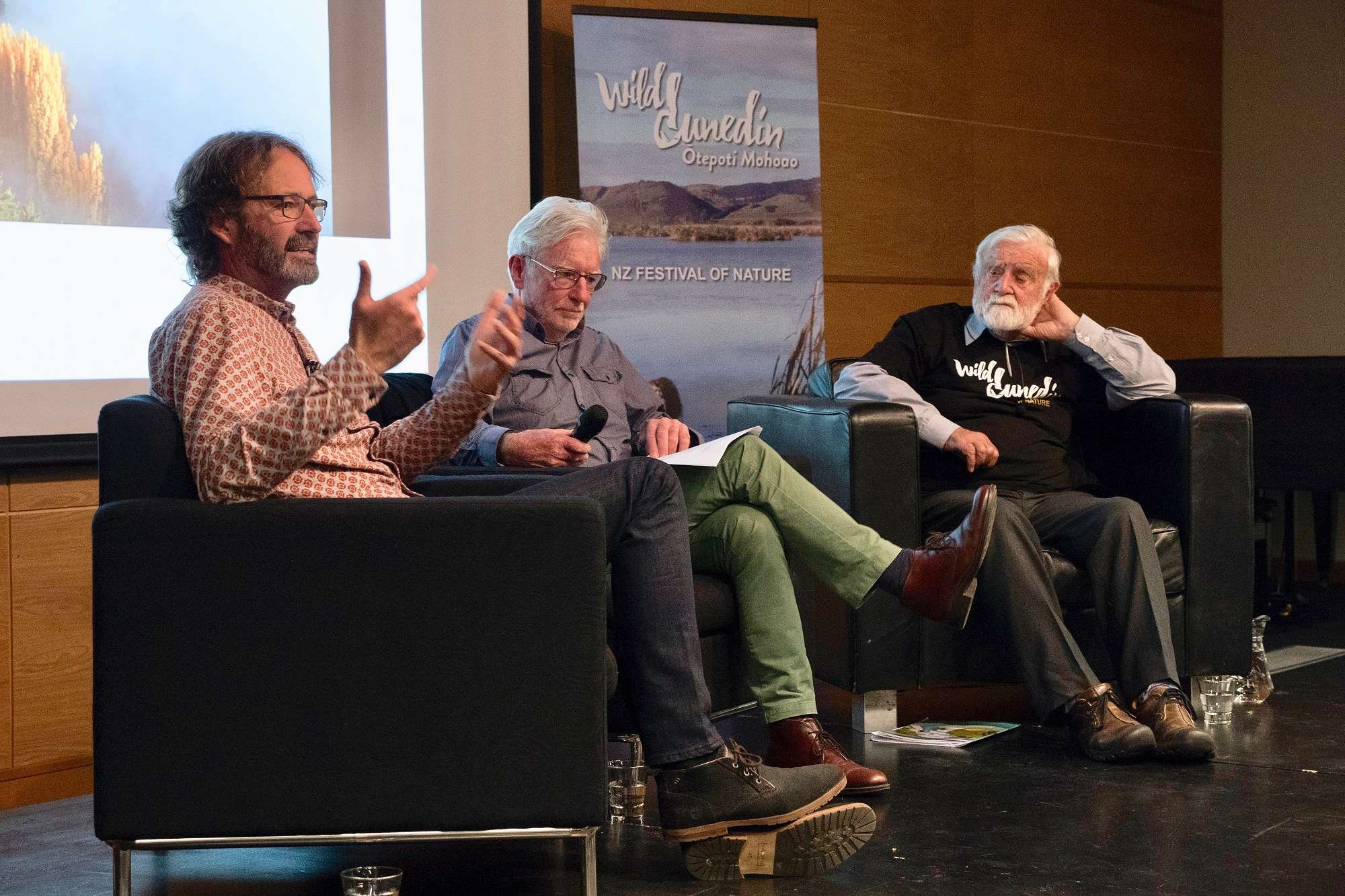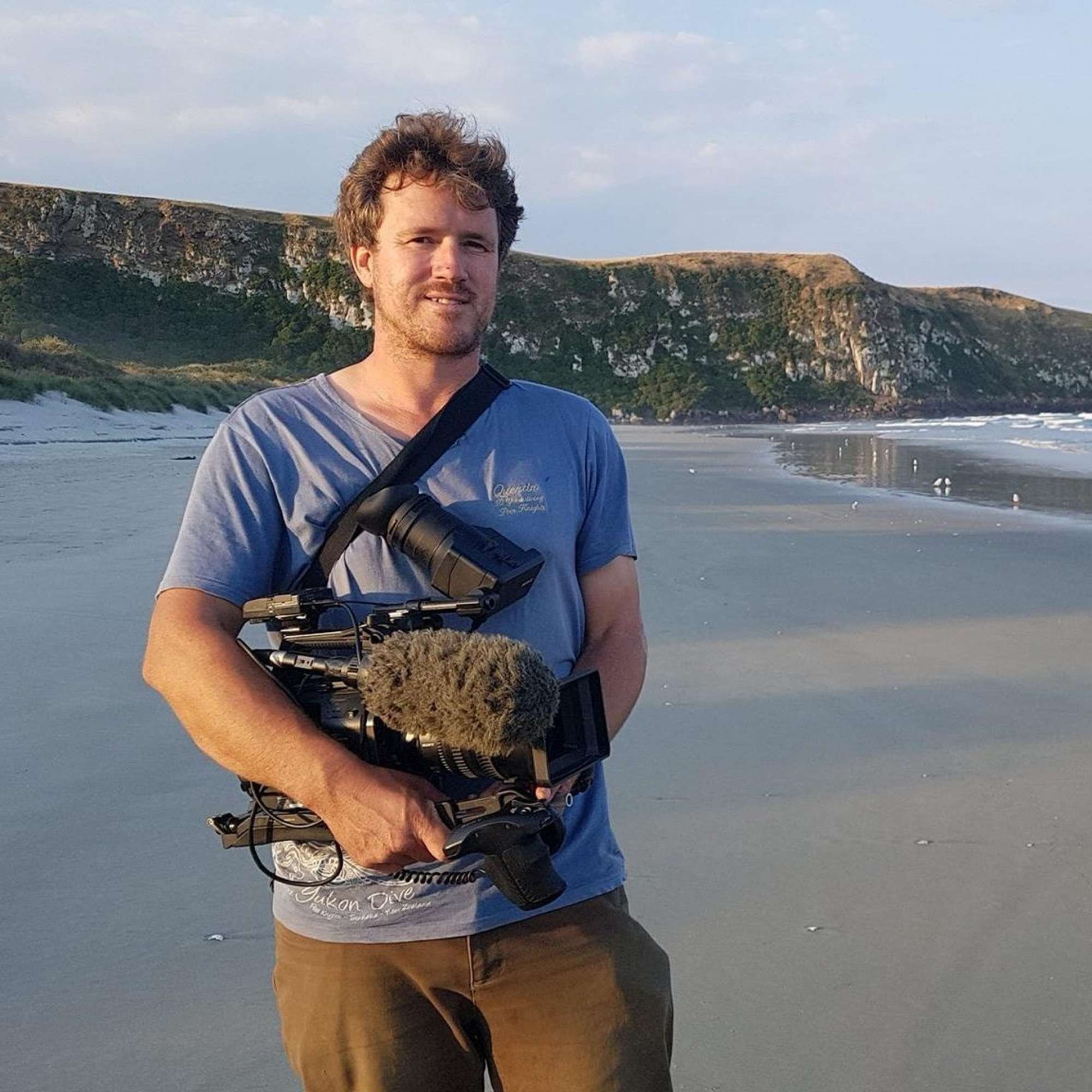Sir Alan Mark – Wild Hero
Suzanne Middleton, Wild Dunedin — Apr 8, 2020
Wild Dunedin presented our first Wild Hero Award to Sir Alan Mark in 2019 at Otago Museum. Born in Dunedin and living most of his life here, Sir Alan is a true local hero who has great mana throughout Aotearoa.
Sir Alan Mark was awarded Wild Dunedin's inaugural Wild Hero award for his work in conservation for over 50 years. Image by: Jeannie Hayden
Sir Alan joined the Botany Dept at Otago University in 1955 and he still has an office there, holding the position of Emeritus Professor of Botany. His academic work has had a major impact, particularly his research in the 1960s on the water-collecting properties of high country tussock. This is still a controversial issue among some high country farmers.
The 1970s were a turning point in our awareness of environmental issues and we can thank Sir Alan and the others who fought several landmark battles for leading the way. Serving four terms on the Otago Catchment Board, Sir Alan was part of the prolonged battle to stop the Clyde Dam which was eventually built from 1982 to 1993.
The 13 year Save Manapouri Campaign began in 1959, when the Manapouri hydroelectric power station was being planned. The proposal was to raise the lake level by 30 metres, with huge environmental devastation. The outcome was strict control of the levels of Manapouri and Te Anau, and the appointment of the Guardians of Lake Manapouri, a group which Sir Alan served on for many years.
Geoff Baylis and Alan Mark from Otago University measuring a large matai that was threatened by proposed high lake levels at Manapouri (1969). Image by: Peter Johnson
The Save Aramoana Campaign (1974-1984) was a battle to stop an aluminium smelter being built beside the Aramoana saltmarsh. The smelter wasn’t built, the saltmarsh is now a protected wildlife refuge under the care of the Dept of Conservation, and Dunedin is a thriving wildlife tourism destination.
The Maruia Declaration of 1975 was the result of a campaign to stop the logging of native forests on the West Coast. The Declaration protects native forests in law, bans the burning of native forests and wildlife, and phased out their logging.
Climate change and all that goes with it is currently on Sir Alan’s radar. He’s the Chair of Wise Response, ‘a broad coalition of academics, engineers, lawyers, artists, sportspeople and others who are calling on New Zealand’s Parliament to comprehensively assess imminent risks to New Zealand and to draw up plans to deal with them.’
A conversation with Dr Mike Joy and Sir Alan Mark with host Peter Hayden on New Zealand’s Freshwater issues. Image by: Melissa Purnell
As Neil Harraway, Convenor of Wild Dunedin, points out
‘Sir Alan’s advocacy for freshwater systems in their widest sense lines up beautifully with the freshwater focus of this year’s festival. His decades of work to raise our understanding of the ecology of our wild places, and his active support of groups that protect these places, exemplifies the aims of Wild Dunedin.’
Sir Alan in this short video talks about his life's work on tussock grassland research. . Alan gives us great insight into tussock...as he says, tussock grasslands are just as important as our forest giants to protect...especially as they are important water gatherers.
Sir Alan Mark - Tussock Grasslands Bill Morris
This is from a series of three videos with Sir Alan Mark taking us on three journeys to a greater understanding of unique and important natural areas of New Zealand.
Here are links to the other two titles:
South Westland World Heritage area...
Lake Manapouri...
Bill Morris - videographer, writer, and producer … and a musician. Image by: Bill Morris




